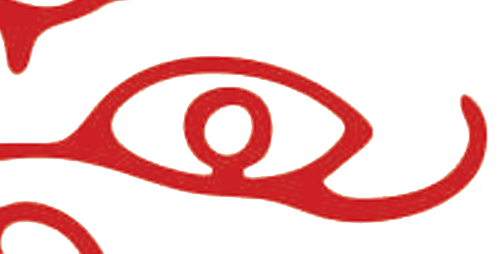MAT WEAVING
The weaving of mats of various sizes and shapes, and the making of containers, food-covers and lamp shades from reeds or strips of dried stems of coconut palm leaves, is practised in many islands.
Cadjan weaving is also common. Cadjan is a mat made from coconut leaves sewn together with coir rope. It is used for thatching houses and for fences. In some villages, the bundles of reeds that provide the thatch for rustic resort cabana roofs, are stitched together by women using long wooden needles and coconut fibre thread. Since a roof made of thatch needs to be replaced or re-done often, it is more expensive to use the local product than imported roofing material.
Sataa, a soft lattice mat woven from thin strips of dried screwpine leaf, is popular for use as a ceiling in many resort cabanas. On Kihaadhoo, in Baa atoll, women and older people can be seen at work in their cottages fashioning sataa for sale.
Woven mats known as kunaa are now made only in Gaaf Dhaal – they too are found to be dwindling.
(On Bandos Island mat weaving is demonstrated by craftspeople who offer the products for sale.)
While documenting the weaving techniques and the plants used for fibre and dyes it has been found that a number of traditional designs have not been woven for many years. Collecting the raw materials, processing them and weaving a mat takes weeks and involves hard work not consistent with the returns.
COIR ROPE
Coir rope is spun from the fibre salvaged from a coconut husk after it has been soaked in the sea for a few weeks. The fibre is pounded with wooden mallets to separate the fibre stands, and then dried. The strands are twisted and combined by hand to produce a strong coarse rope of the required thickness.
OTHER COCONUT PRODUCTS
Craftsmen use whatever materials are available – almost nothing is ever wasted. The Maldivian national instrument, the bodu beru drum, is made from hollowed coconut tree trunk and covered with stingray skin. The best ones come from Felidhoo Atoll. Coconut shell and palms are used to make toddy holders, woven palm leaf baskets and mats (sataa), folding carved Koran rests, wooden scoops for bailing boats, fittings for hookah pipes and woven trays for winnowing rice.


